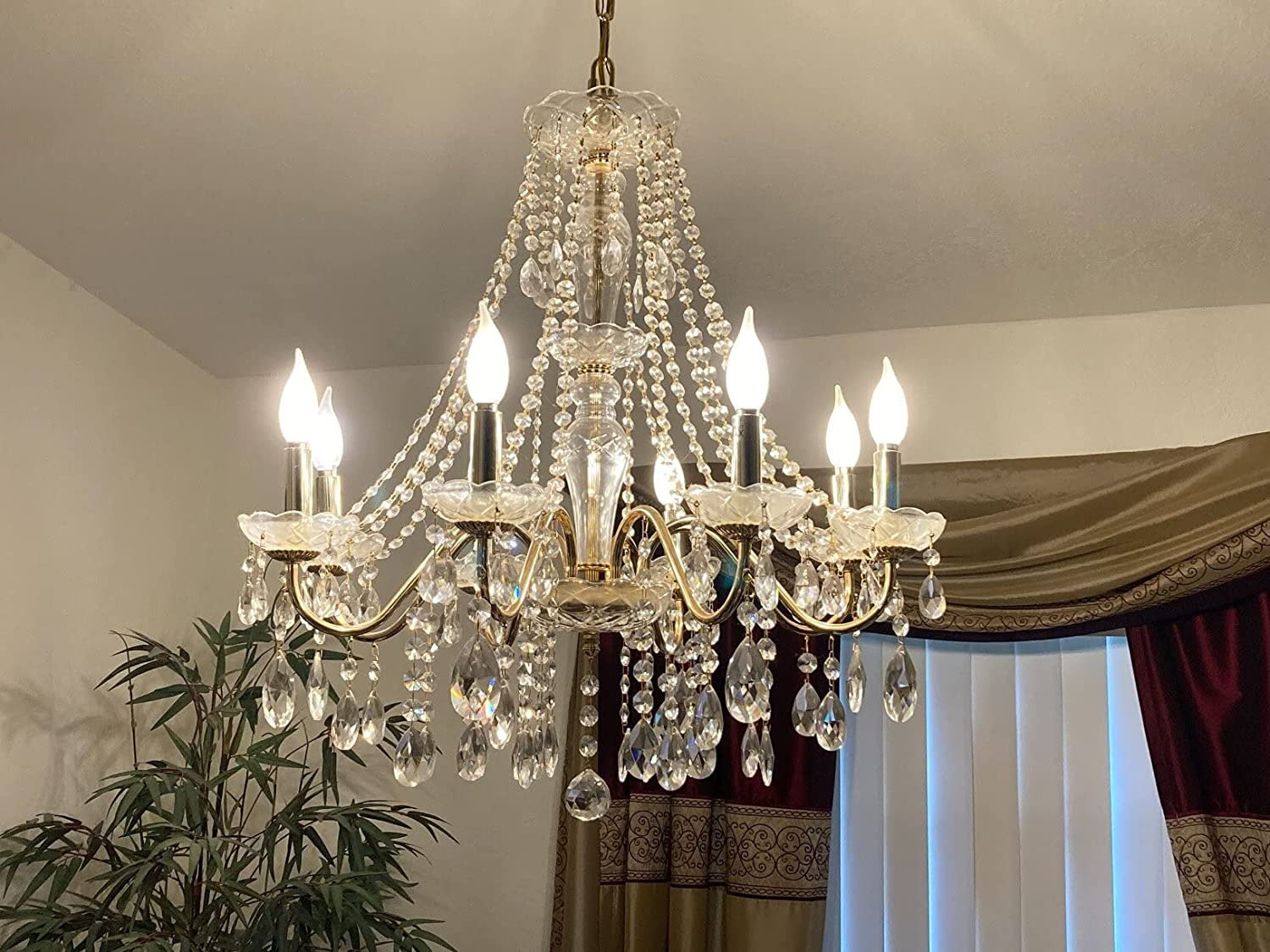

Furniture
What Size Are Chandelier Bulbs
Modified: February 22, 2024
Discover the perfect size of chandelier bulbs for your furniture. Learn about different sizes and find the right fit for your chandelier.
(Many of the links in this article redirect to a specific reviewed product. Your purchase of these products through affiliate links helps to generate commission for Storables.com, at no extra cost. Learn more)
Introduction
Chandeliers are not only functional lighting fixtures, but they also serve as stunning decorative pieces that can transform the ambiance of any room. One of the key components of a chandelier is the bulbs that it uses. However, with so many different bulb sizes available, it can be confusing to determine which ones to choose for your chandelier.
In this article, we will delve into the world of chandelier bulbs and explore the various sizes that are commonly available. We will also discuss the importance of choosing the right size bulb for your chandelier to ensure optimal performance and aesthetics.
Whether you are looking to replace a burned-out bulb or upgrade your chandelier lighting, understanding the different bulb sizes and their implications is essential. So, let’s dive in and shed some light on the topic!
Key Takeaways:
- Choose the right chandelier bulb size by considering the design, socket compatibility, illumination needs, dimming capability, and aesthetics. Consult a lighting professional for personalized guidance.
- Understanding chandelier bulb sizes and types is crucial for enhancing both functionality and aesthetics. Make an informed decision to create the desired lighting atmosphere and complement the style of your chandelier.
Read more: What Size Medallion For My Chandelier
Types of Chandelier Bulbs
Chandelier bulbs come in a variety of types, each offering unique characteristics and benefits. Here are some of the most common types of chandelier bulbs:
- Incandescent Bulbs: These are the traditional bulbs that have been commonly used for decades. They produce a warm, soft glow and are available in various wattages. However, incandescent bulbs are not as energy-efficient as other options and tend to have a shorter lifespan.
- LED Bulbs: LED (Light Emitting Diode) bulbs have gained popularity in recent years due to their energy efficiency and longevity. These bulbs produce bright, clear light and are available in a wide range of color temperatures. LED bulbs are an excellent choice for chandeliers as they consume less energy and have a longer lifespan compared to incandescent bulbs.
- CFL Bulbs: Compact Fluorescent Lamp (CFL) bulbs are another energy-efficient option for chandeliers. They are more affordable than LED bulbs and can provide a similar level of brightness. However, CFL bulbs take a few moments to reach full brightness and may not be compatible with dimmer switches.
- Halogen Bulbs: Halogen bulbs produce a bright, white light that is similar to natural daylight. They are more energy-efficient than incandescent bulbs but less efficient than LED or CFL bulbs. Halogen bulbs are known for their excellent color rendering, making them a popular choice for areas where accurate color representation is crucial, such as art galleries or dining rooms.
- Smart Bulbs: As technology advances, smart bulbs have become a trendy option for chandeliers. These bulbs can be controlled via a smartphone app or voice commands, allowing you to adjust the brightness and color temperature to suit your preferences. Smart bulbs often use LED technology and offer convenience and customization options.
When choosing the type of bulb for your chandelier, consider factors such as energy efficiency, desired light output, color rendering, and compatibility with dimmer switches or smart home systems. Each type of bulb has its own advantages and drawbacks, so it’s important to choose the one that meets your specific needs and preferences.
Understanding Bulb Sizes
Before diving into the specific sizes of chandelier bulbs, it’s important to understand how bulb sizes are labeled. Bulbs are typically labeled with a combination of letters and numbers, such as E12 or G9. These labels indicate the size and type of socket the bulb fits into.
The most common type of socket for chandelier bulbs is the E12 (Edison 12mm) candelabra socket. This socket has a smaller diameter and is compatible with smaller bulbs. On the other hand, some chandeliers may utilize larger sockets, such as the E14 (European 14mm) or E26 (Edison 26mm) sockets.
Another important aspect to consider is the bulb shape. Chandelier bulbs come in various shapes, including candle-shaped, flame-shaped, globe-shaped, and tube-shaped. The bulb shape is often indicated by a letter designation, such as B (bulged), T (tubular), or G (globe).
When choosing bulbs for your chandelier, make sure to check the specifications provided by the manufacturer or consult a lighting professional to ensure compatibility.
Now, let’s explore the specific sizes of chandelier bulbs that are commonly available in the market.
When choosing chandelier bulbs, consider the size of the fixture and the desired lighting effect. Smaller bulbs (e.g. E12 candelabra base) are common for chandeliers, but be sure to check the fixture’s specifications for the correct size.
Common Chandelier Bulb Sizes
Chandelier bulbs are available in various sizes, each designed to fit specific socket types and provide the desired illumination. Here are some of the most common chandelier bulb sizes:
- E12 Candelabra Base: The E12 base is the most common size for chandelier bulbs. With a diameter of 12mm, it is compatible with most candelabra sockets. This size is often used for smaller chandeliers or decorative fixtures. Common wattages for E12 bulbs range from 40 to 60 watts.
- E14 European Base: The E14 base is slightly larger than the E12 base, with a diameter of 14mm. It is commonly found in European chandeliers and offers a bit more versatility in terms of bulb options. The wattages for E14 bulbs are similar to those of E12 bulbs.
- E26 Medium Base: The E26 base, also known as the standard or medium base, is the most common base size for general lighting applications. While not as prevalent in chandeliers, some larger or more modern chandeliers may use E26 bulbs. This size offers a wide range of bulb options and higher wattage capabilities.
- G9 Base: The G9 base is commonly used in smaller, contemporary-style chandeliers. It has a two-pin design and a diameter of 9mm. G9 bulbs are typically halogen or LED and provide a bright, focused light. They are available in various wattages and color temperatures.
- BA15d Bayonet Base: The BA15d base, also known as the double contact bayonet base, is less common but still utilized in some chandeliers. It has a twist-and-lock installation mechanism and is available in different wattages. BA15d bulbs are often used in vintage or antique-style chandeliers.
It’s important to note that these are just a few examples of common chandelier bulb sizes. There may be variations or other sizes depending on the specific chandelier or manufacturer. Always refer to the manufacturer’s instructions or consult a lighting professional to ensure you choose the correct bulb size for your chandelier.
Choosing the Right Size Bulb for Your Chandelier
Choosing the right size bulb for your chandelier is essential to ensure proper performance and aesthetics. Here are a few factors to consider when selecting the bulb size:
- Chandelier Design: Take into account the design and size of your chandelier. A larger chandelier with multiple bulbs may require larger sizes to fill the space adequately. On the other hand, a smaller chandelier might look overwhelmed with larger bulbs. Consider the overall proportions and balance of the fixture when choosing the bulb size.
- Socket Compatibility: Check the socket size of your chandelier to ensure compatibility with the bulb size. Most chandeliers use either E12 or E14 candelabra sockets, but larger chandeliers may have E26 medium sockets. Using the wrong size bulb may result in a loose or unstable fit, affecting the performance and safety of the fixture.
- Illumination Needs: Consider the level of brightness you desire for your chandelier. Different bulb wattages and technologies offer varying levels of illumination. LED bulbs, for example, provide bright and energy-efficient lighting options. Determine whether you want a softly lit ambiance or a brighter, more functional light source and choose the bulb size accordingly.
- Dimming Capability: If your chandelier has a dimmer switch, ensure that the bulbs you choose are dimmable. Not all bulb types and sizes are compatible with dimmers, so check the packaging or consult the manufacturer’s specifications to ensure compatibility.
- Aesthetics: Consider the overall aesthetic you want to achieve with your chandelier. Some chandeliers, such as crystal or ornate designs, may benefit from smaller bulb sizes to accentuate the details and create a sparkling effect. On the other hand, modern or minimalist chandeliers may look best with larger, more prominent bulb sizes.
It’s always a good idea to consult the manufacturer’s recommendations or seek advice from a lighting professional when selecting the right bulb size for your chandelier. They can provide guidance based on the specific characteristics of your chandelier and your lighting preferences.
By carefully considering these factors, you can ensure that your chandelier not only provides the desired illumination but also becomes a stunning focal point in your space.
Read more: What Size Chandelier For A Dining Room
Conclusion
Choosing the right size bulb for your chandelier is crucial for both functionality and aesthetics. By understanding the different types of chandelier bulbs and their sizes, you can make an informed decision that will enhance the overall appeal of your chandelier and create the desired lighting atmosphere in your space.
Consider the socket compatibility, chandelier design, desired level of illumination, dimming capability, and overall aesthetics when selecting the bulb size. Take into account the specific characteristics of your chandelier and consult the manufacturer’s recommendations or lighting professionals for guidance if needed.
Whether you opt for traditional incandescent bulbs, energy-efficient LED or CFL bulbs, or even smart bulbs, make sure to choose the bulb size that will fit securely and complement the style and scale of your chandelier.
Remember, chandeliers are not only sources of light but also stunning decorative pieces that can transform any room. By choosing the right size bulbs, you can accentuate the beauty of your chandelier and create a captivating ambiance that suits your personal taste and style.
So, the next time you need to replace or upgrade the bulbs in your chandelier, take a moment to consider the size, type, and characteristics of the bulbs that will best illuminate and enhance your cherished lighting fixture.
With a little attention to detail and careful consideration, you can illuminate your space with the perfect chandelier bulbs, creating a warm and inviting atmosphere for you and your guests to enjoy.
Frequently Asked Questions about What Size Are Chandelier Bulbs
Was this page helpful?
At Storables.com, we guarantee accurate and reliable information. Our content, validated by Expert Board Contributors, is crafted following stringent Editorial Policies. We're committed to providing you with well-researched, expert-backed insights for all your informational needs.
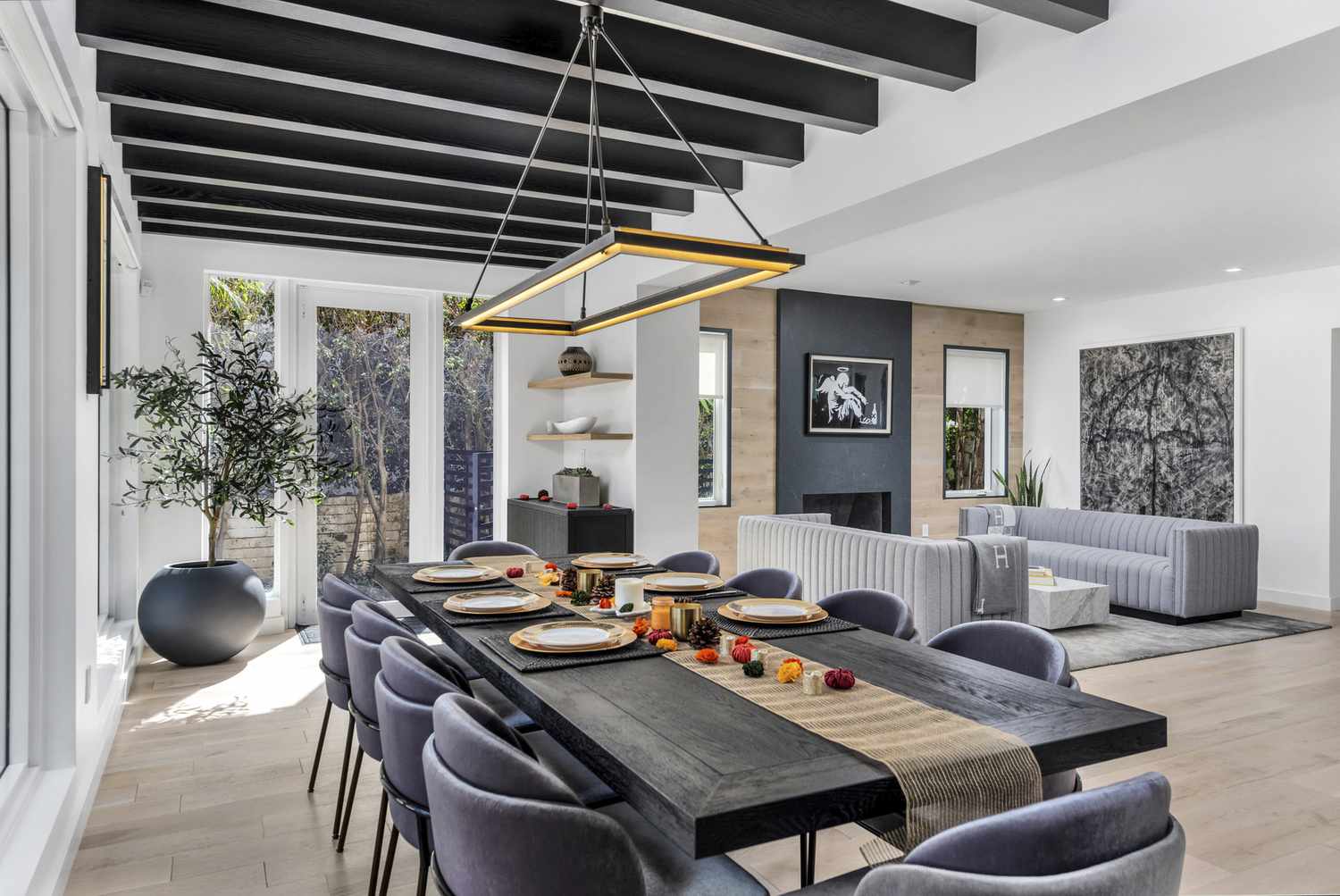
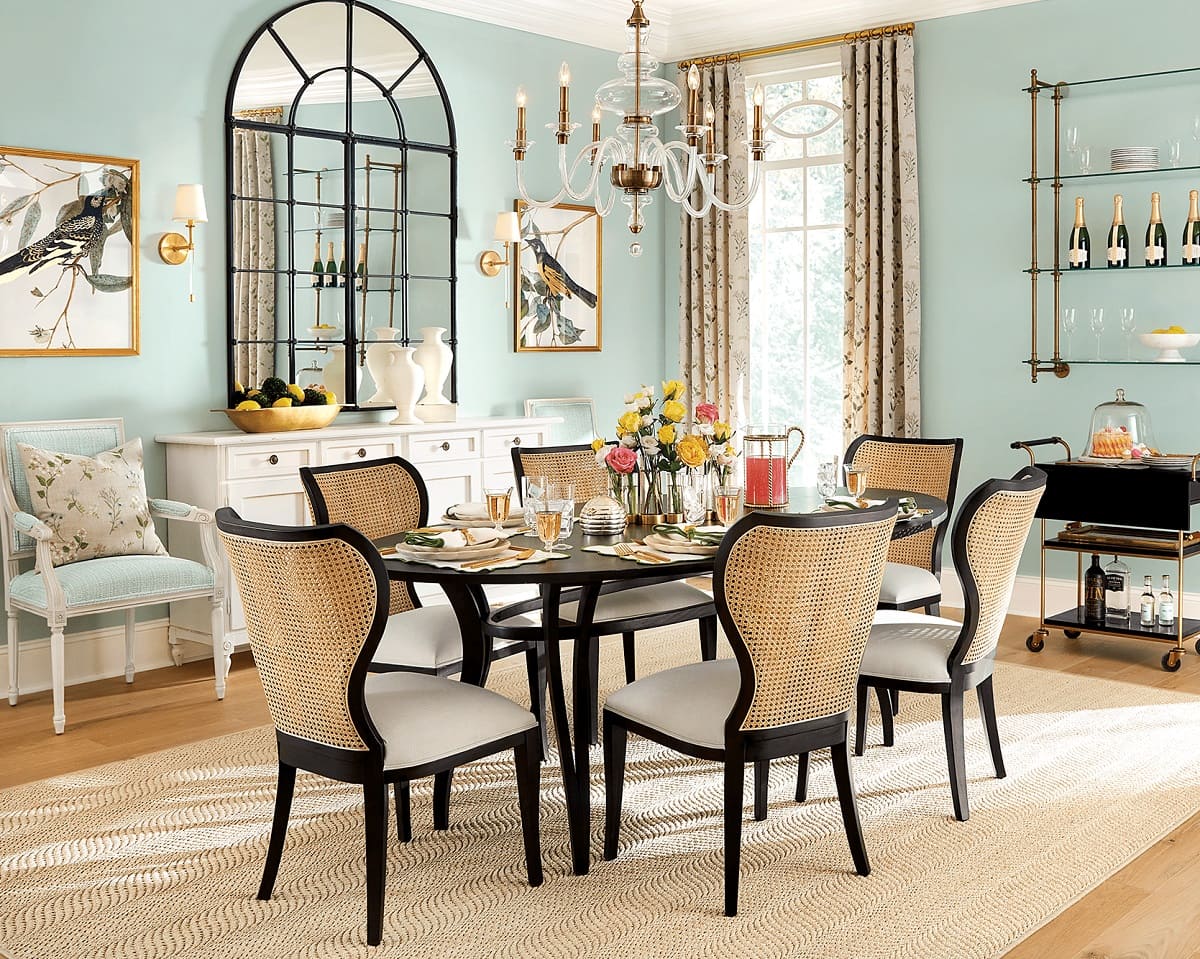
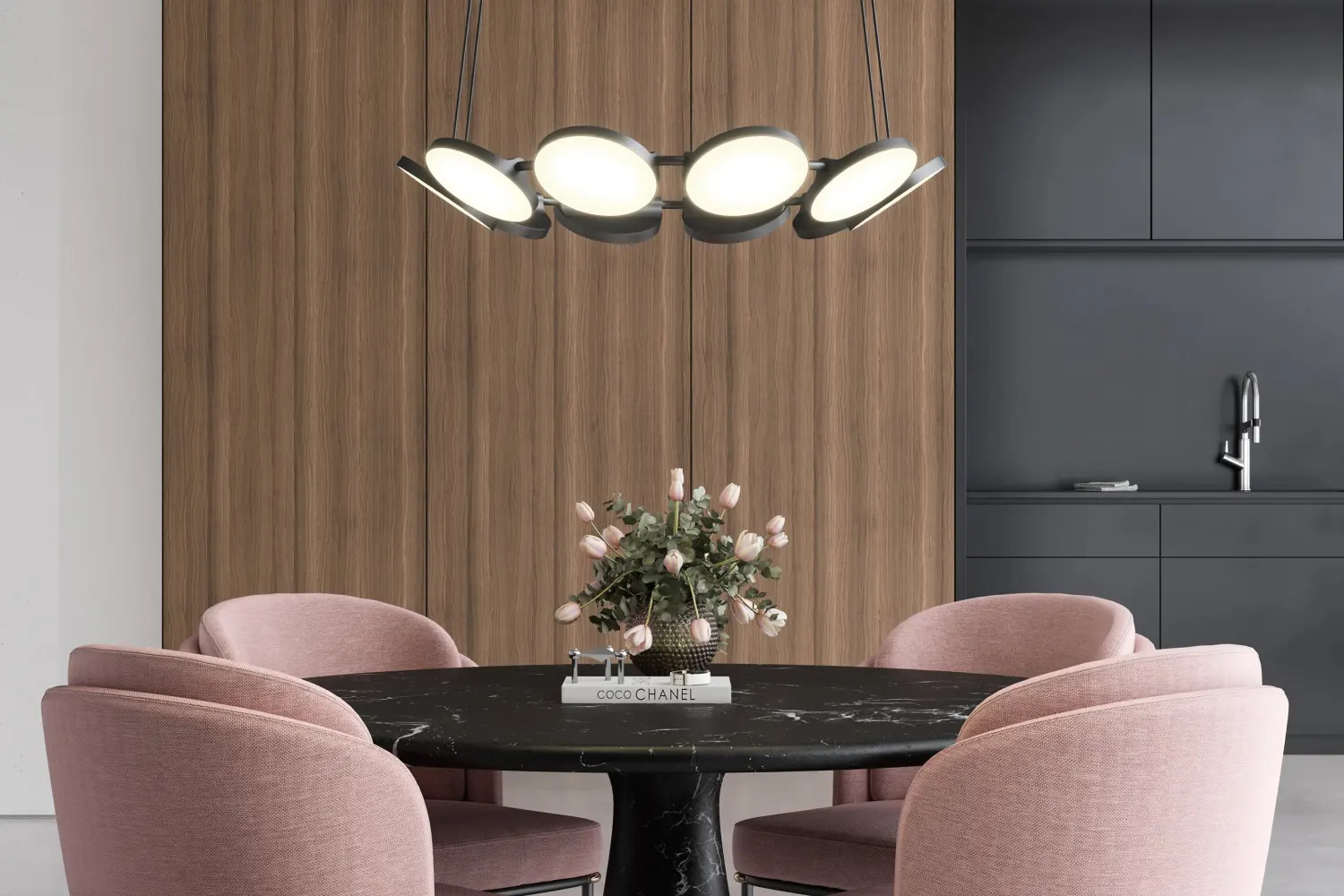
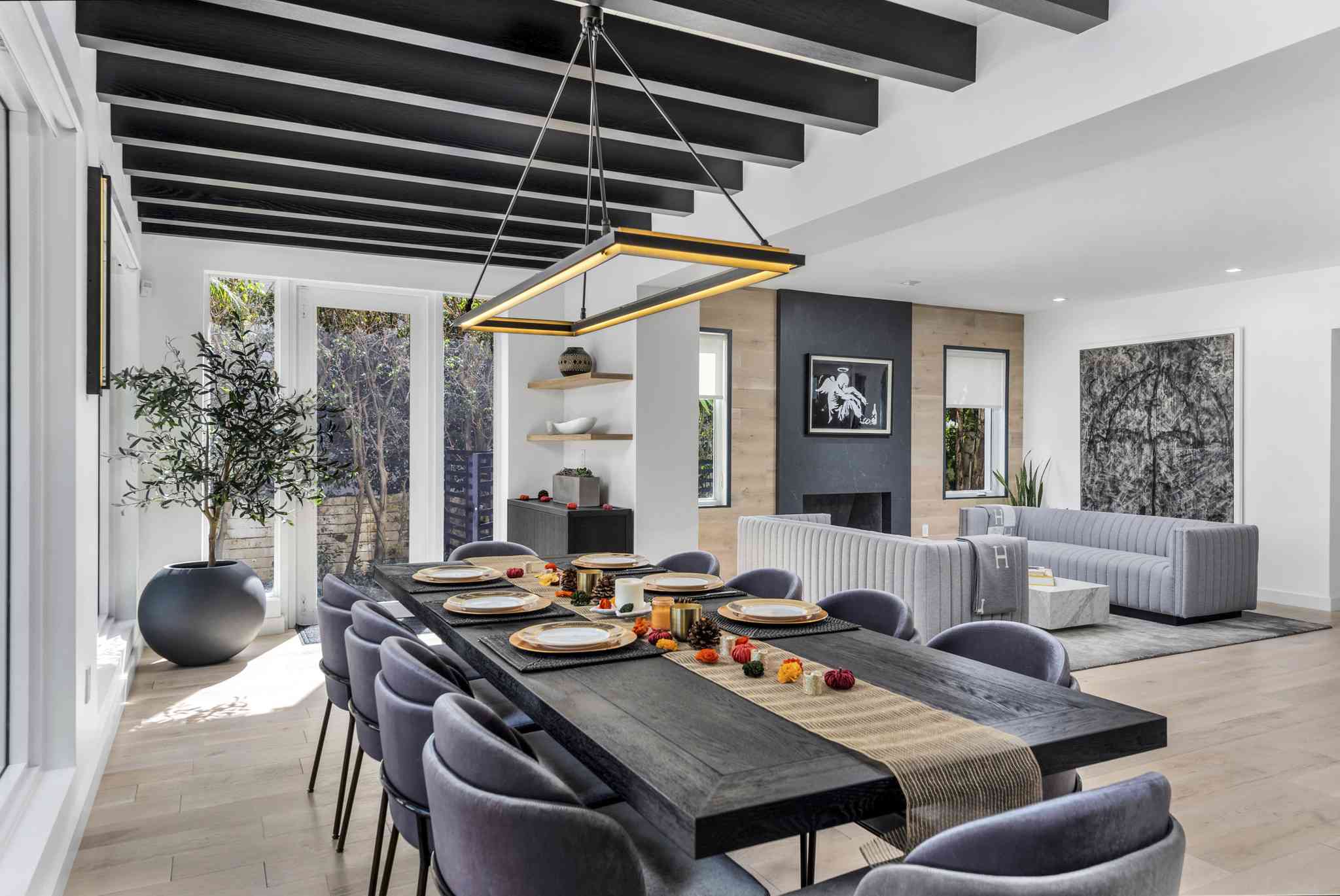
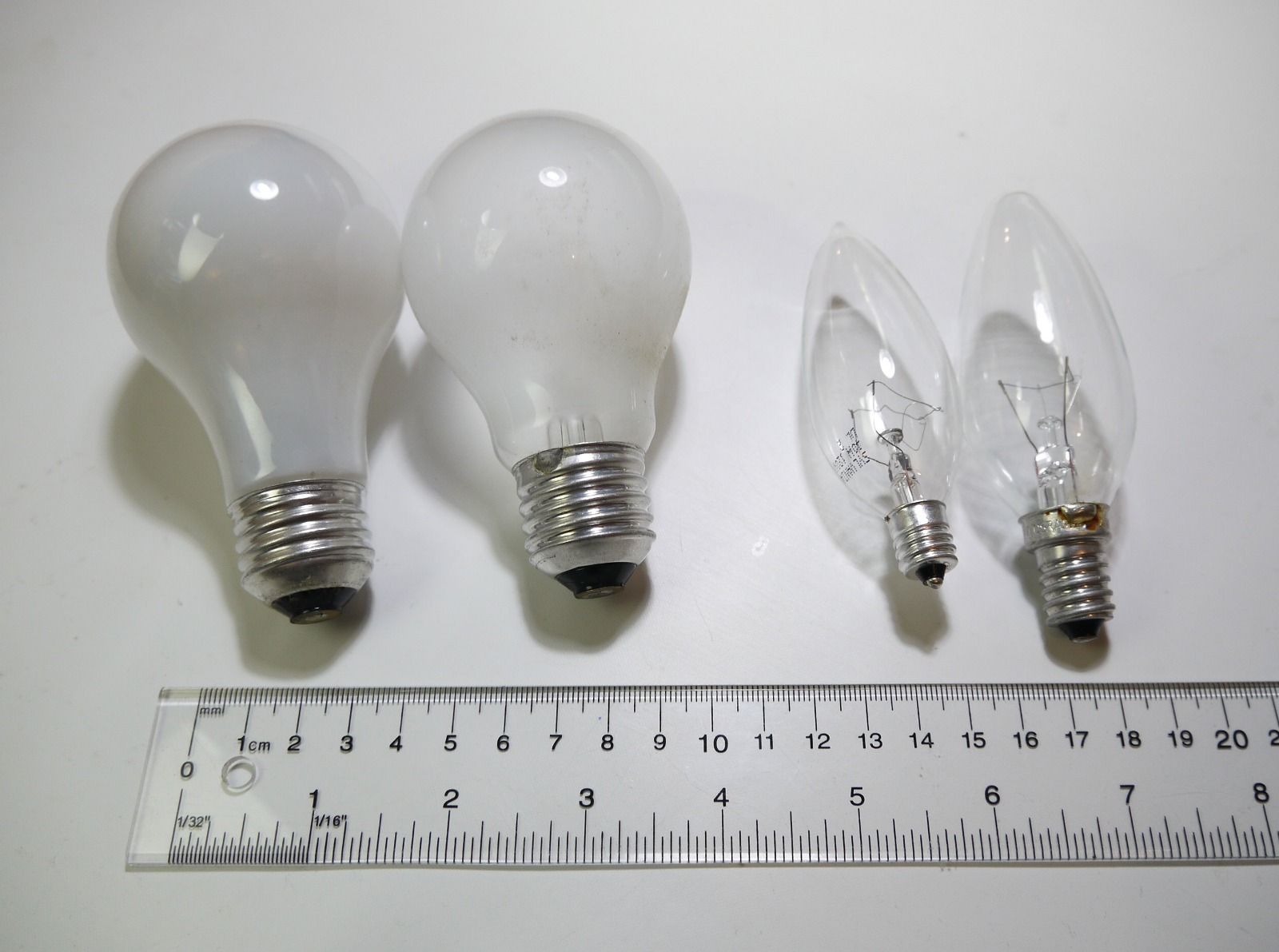
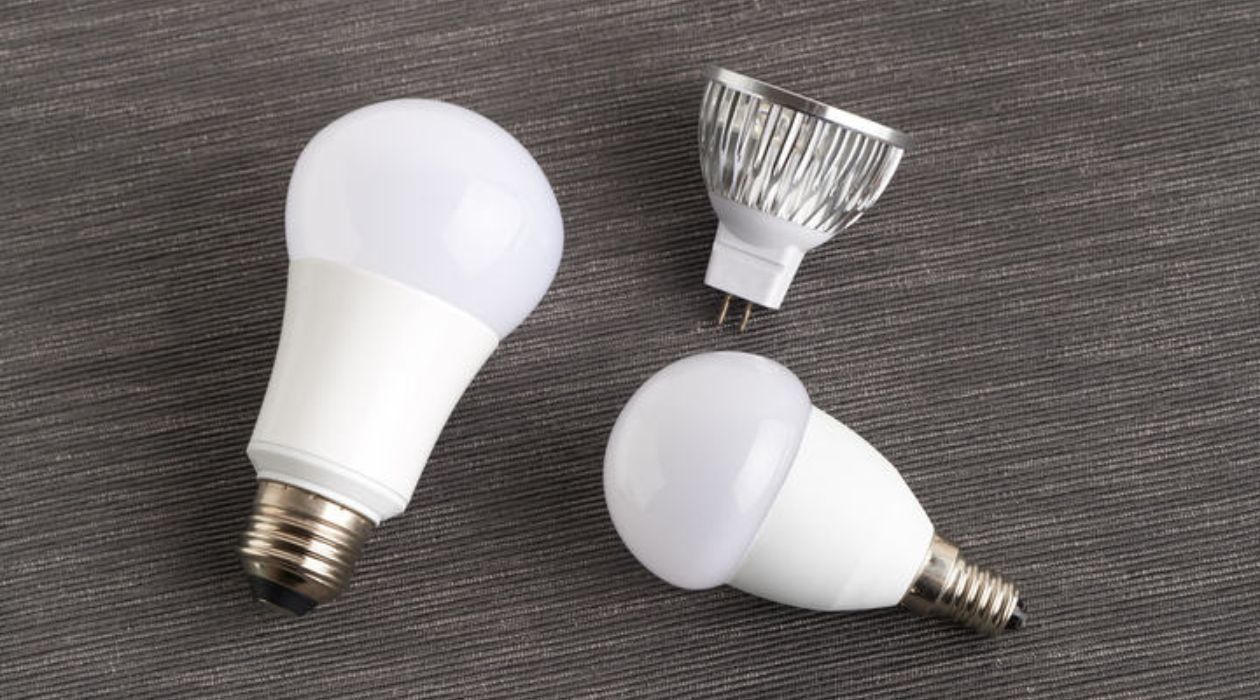
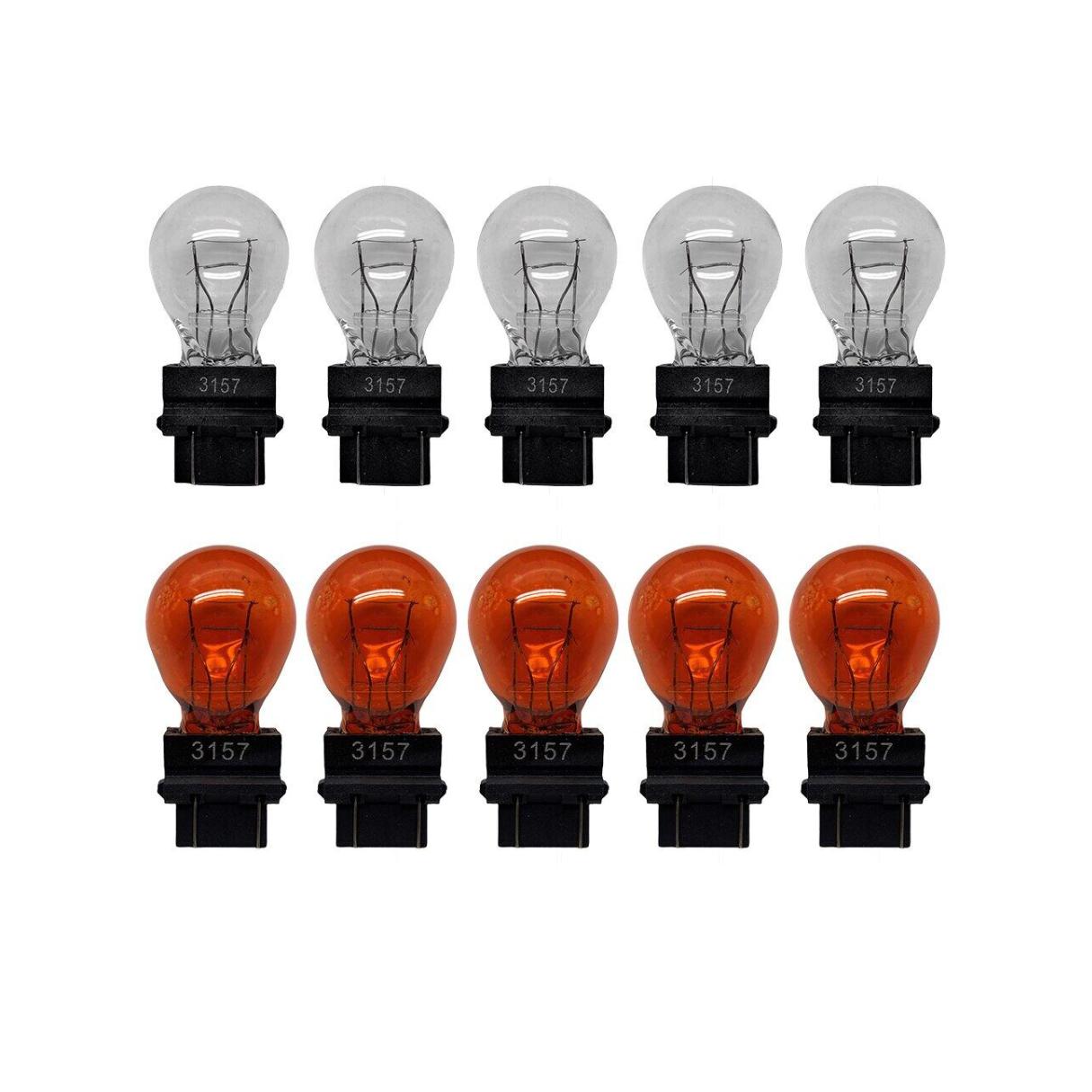
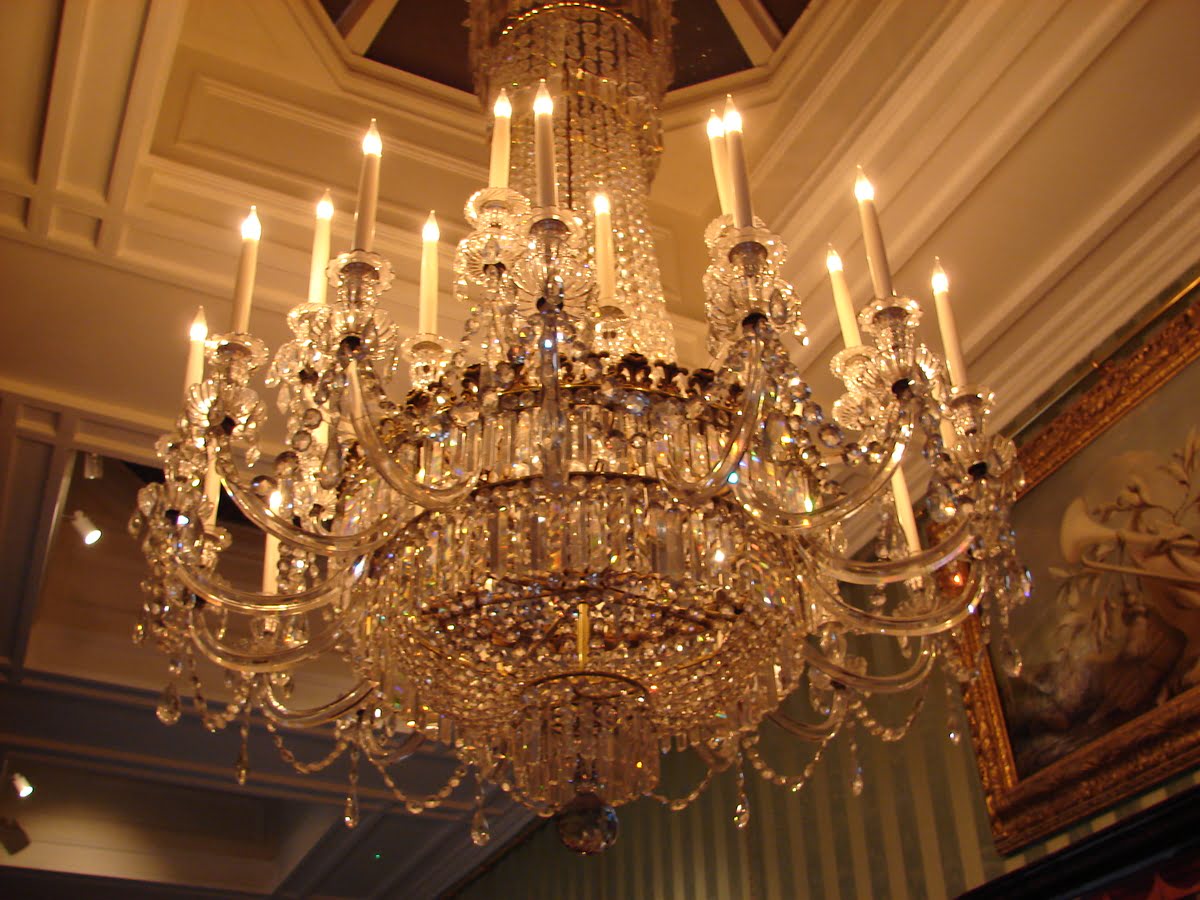
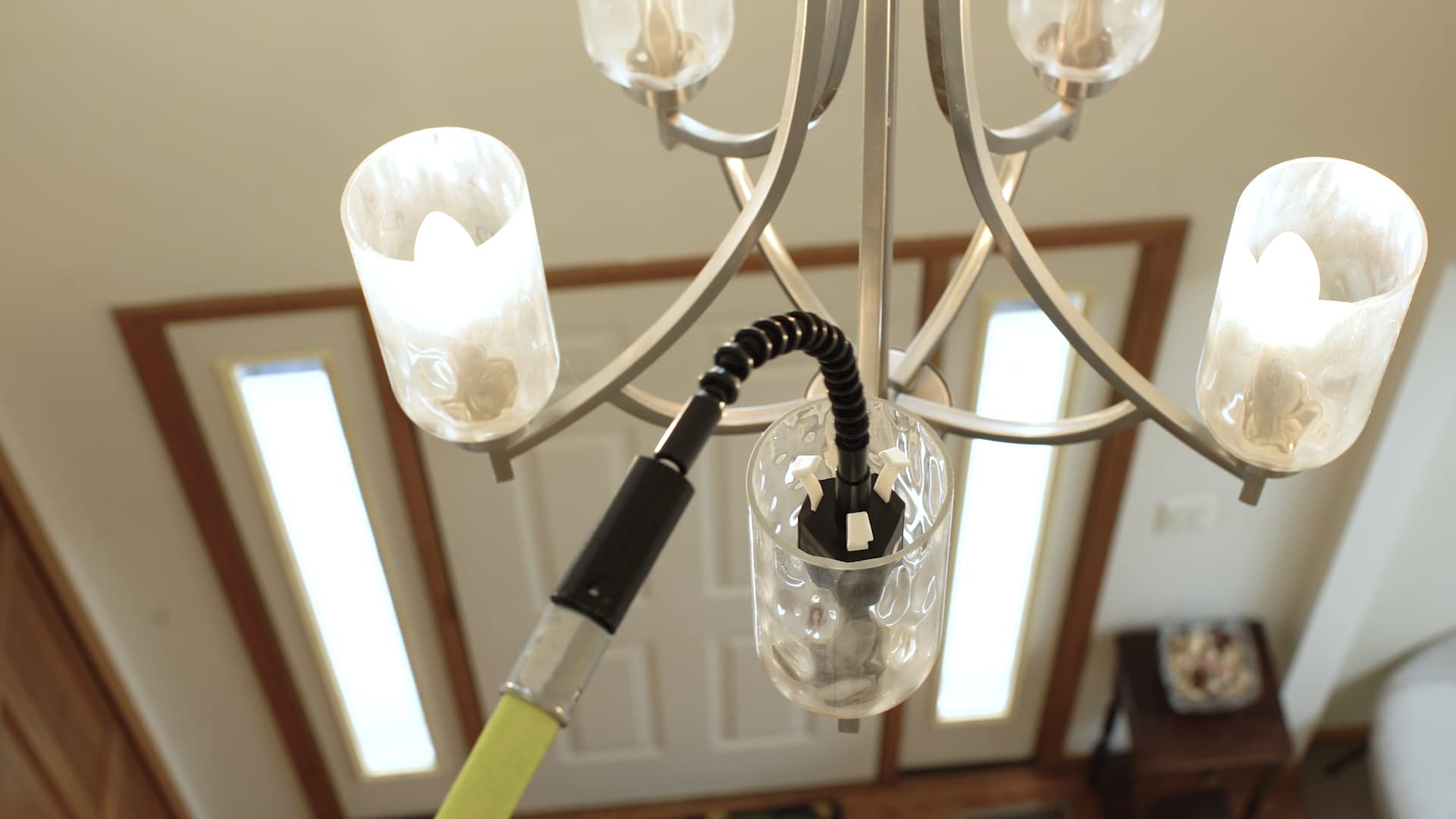
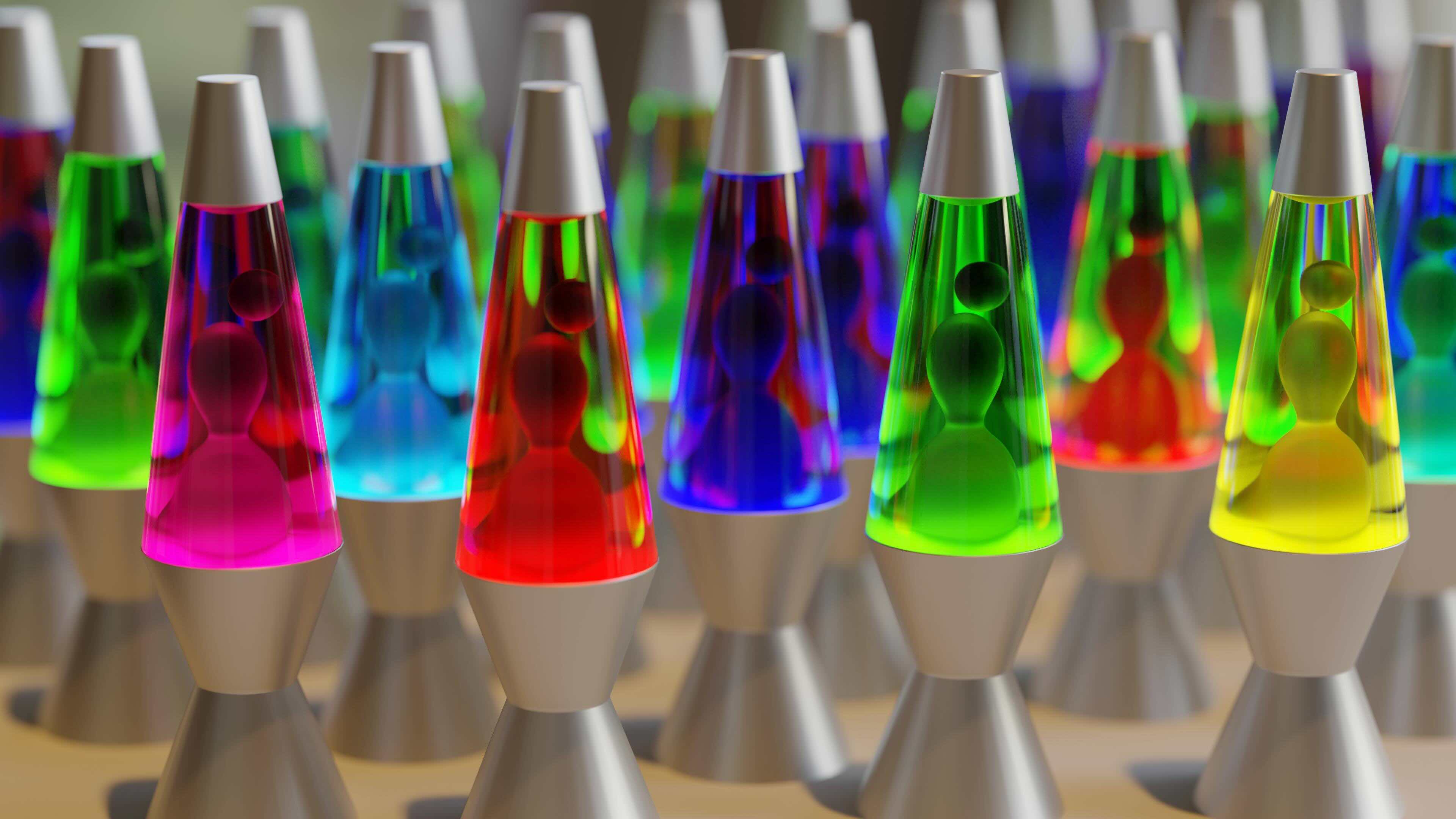
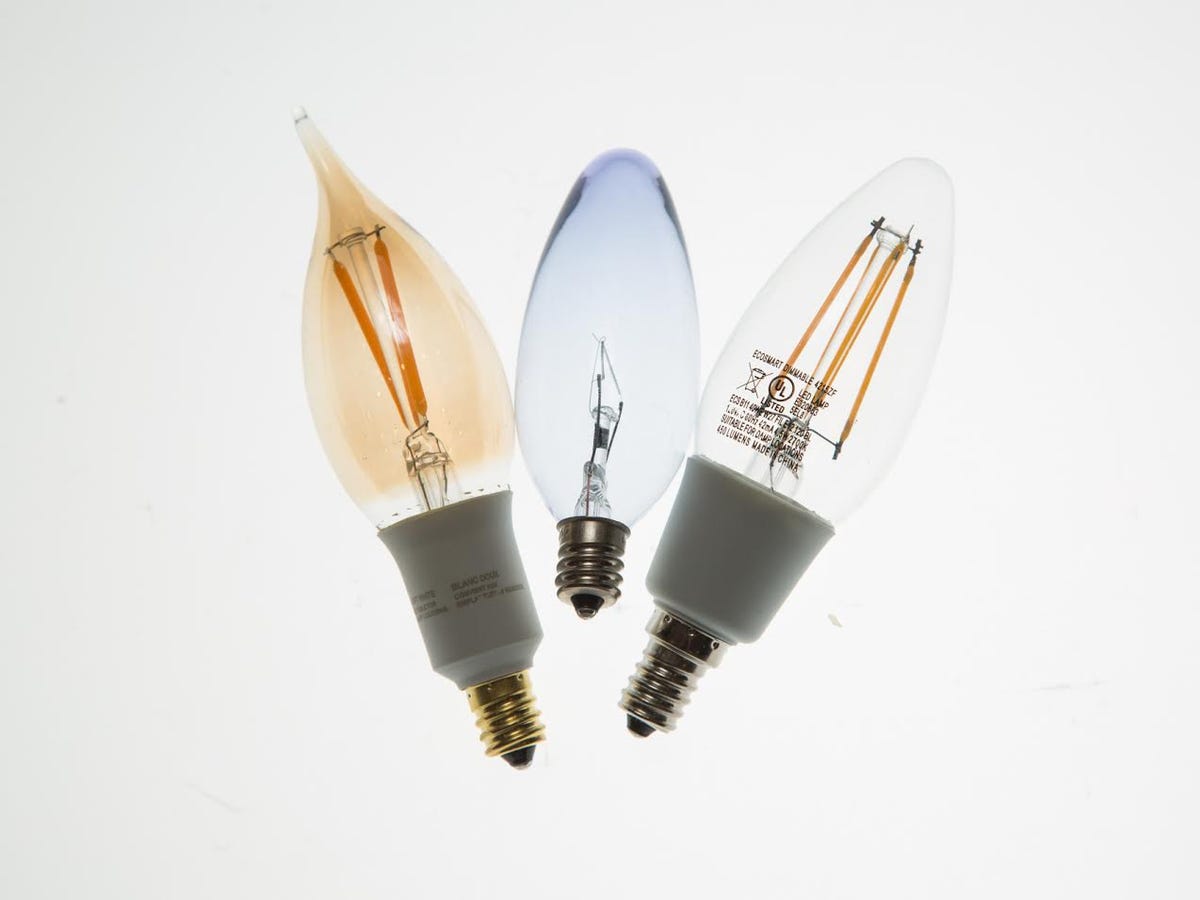
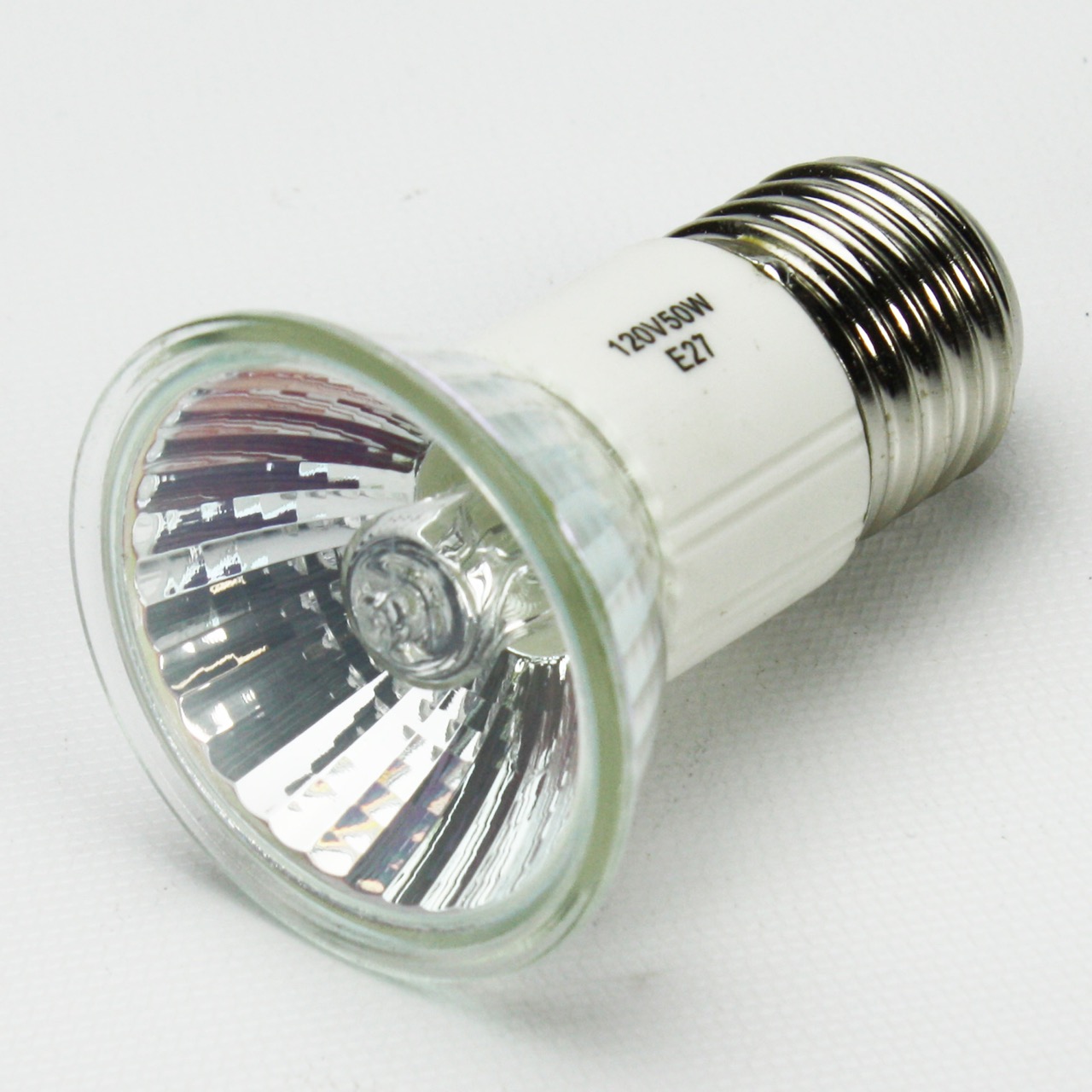
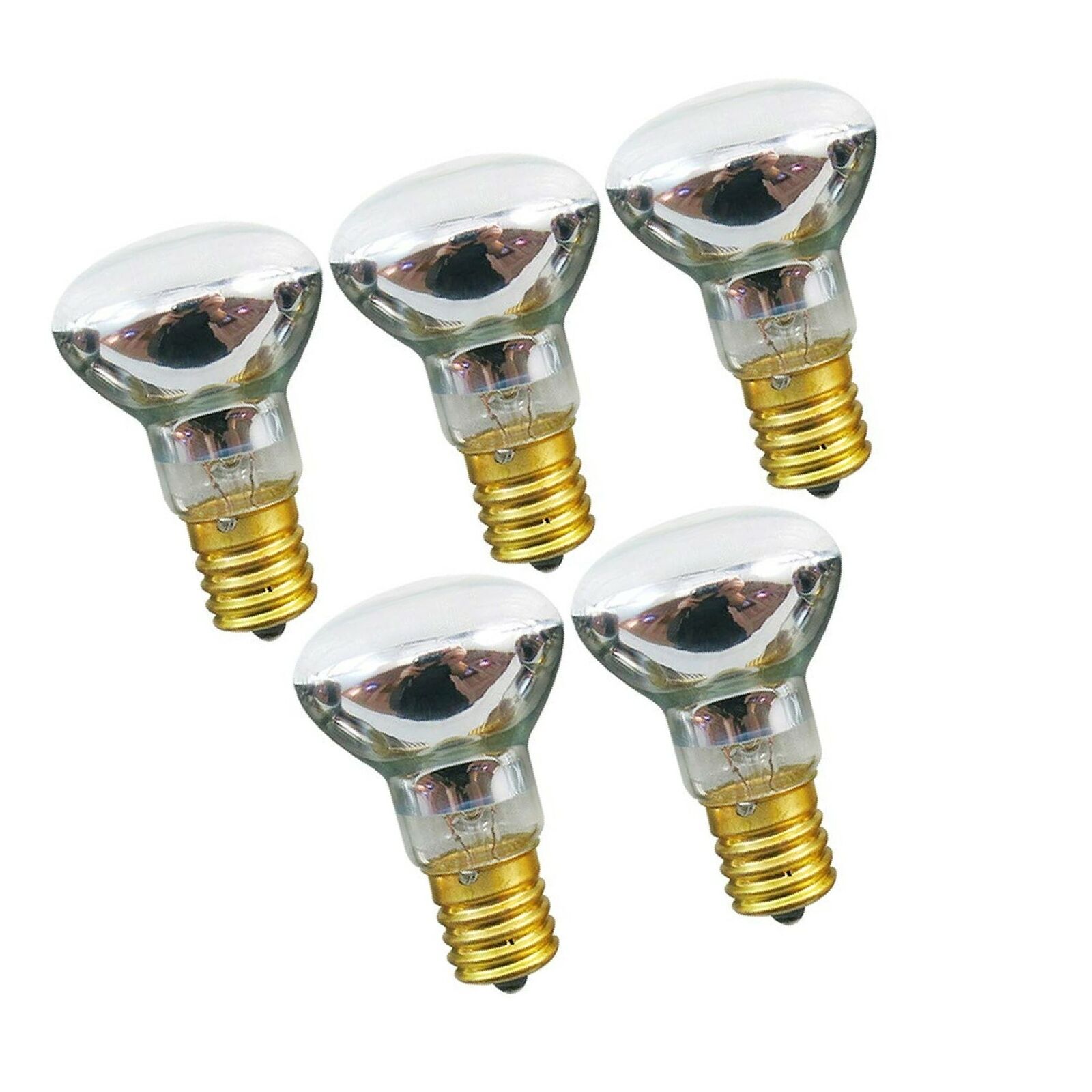
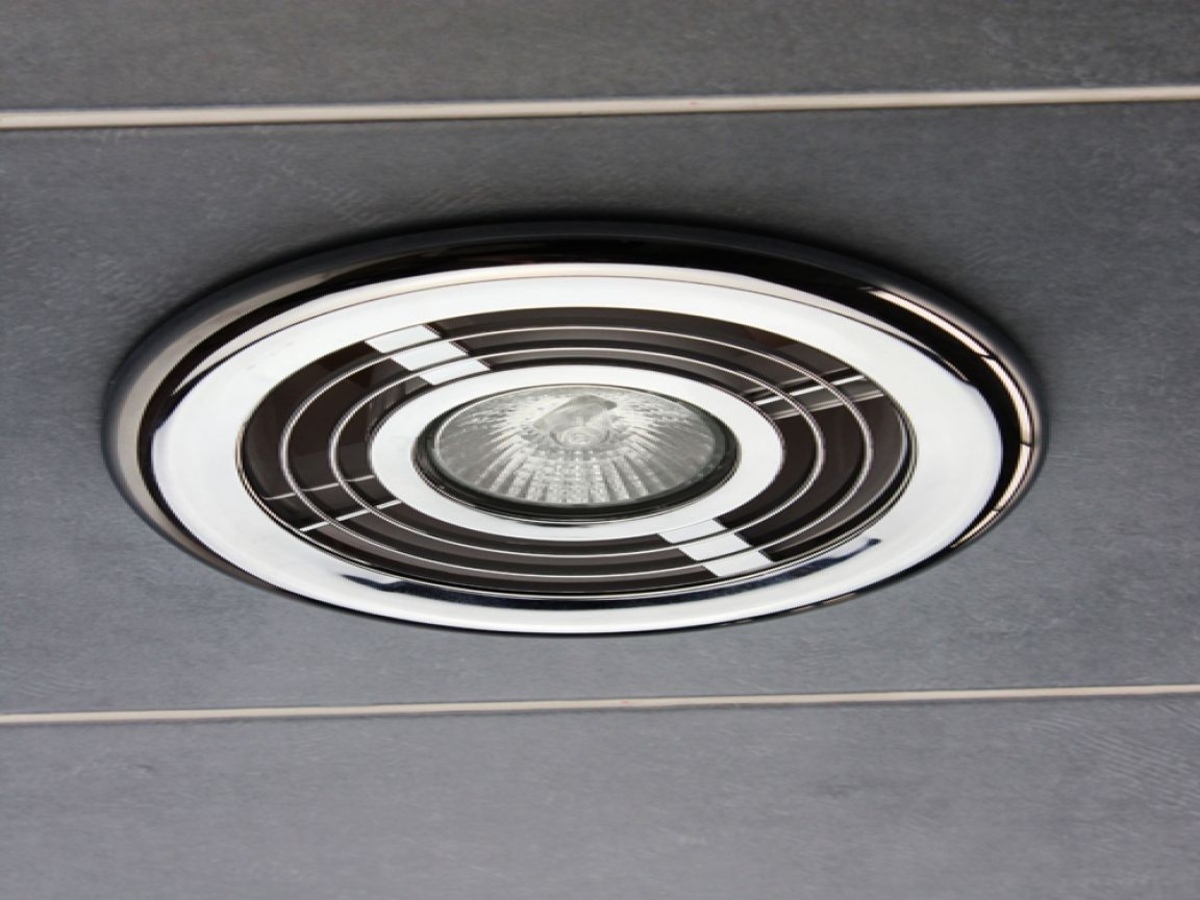

0 thoughts on “What Size Are Chandelier Bulbs”